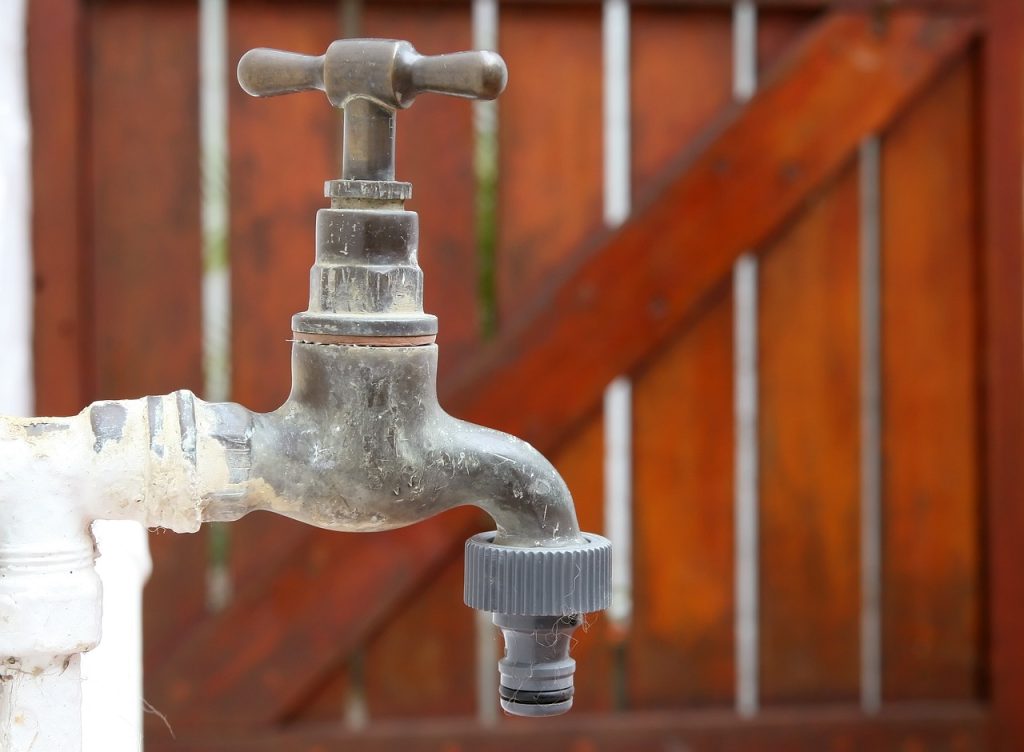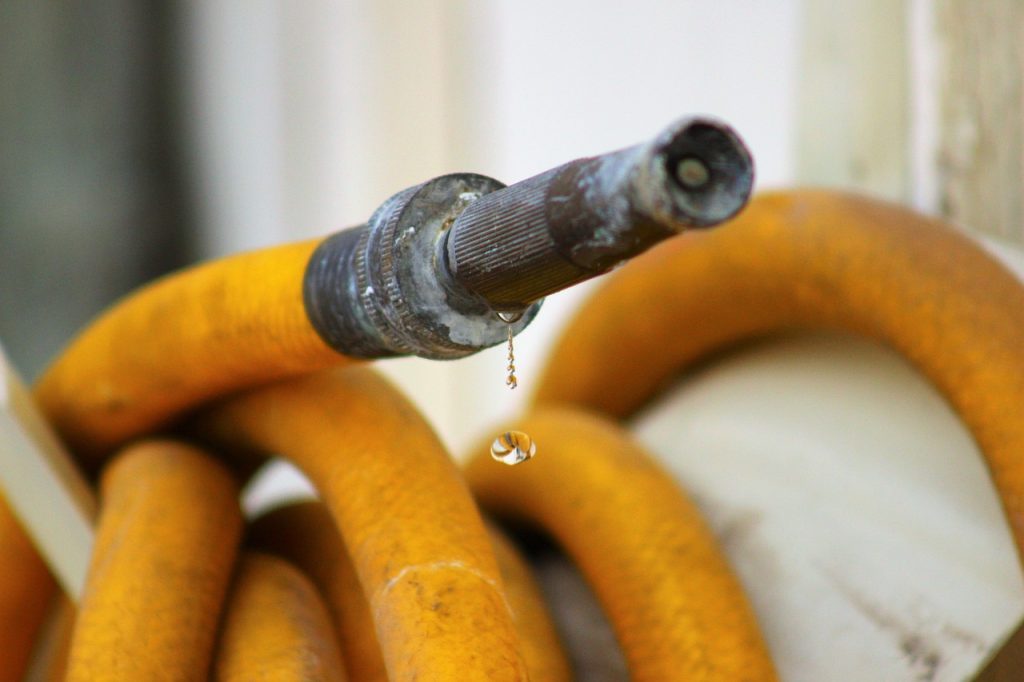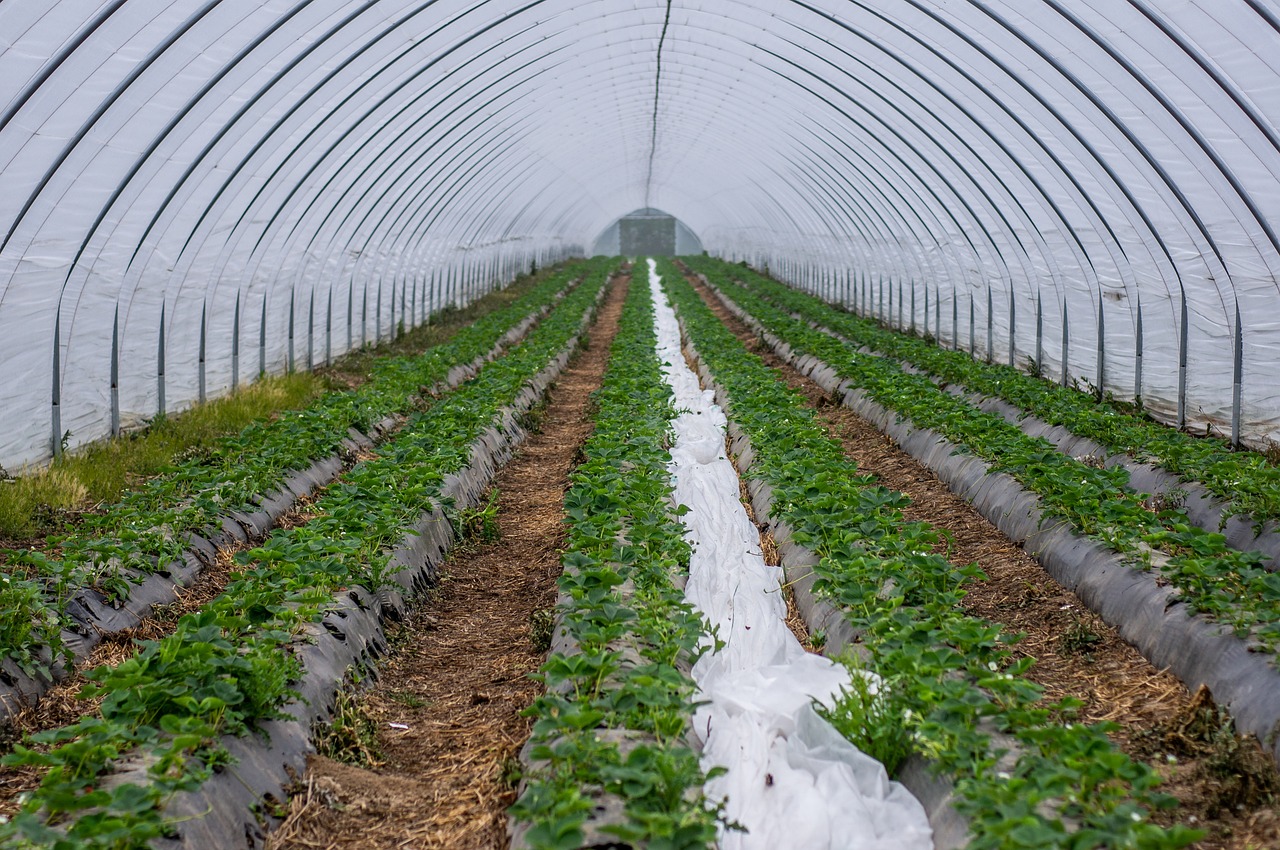Drip irrigation can be used in a variety of applications, from small gardens to large agricultural fields. This type of irrigation is often used in agricultural settings, as it is an efficient way to water plants. Crops such as tomatoes, melons, and strawberries are often grown with drip irrigation. If you have enough savings from your Spinia Login, you may want to invest in this.
How Drip Irrigation Was Created
The first known use of drip irrigation was in the Middle East, around 4,000 years ago. Farmers would direct water through clay pipes to the roots of their crops. The contemporary drip irrigation process was invented in the early 1900s by an engineer named Simcha Blass. Blass was looking for a way to reduce the amount of water needed for irrigation, and he discovered that by slowly dripping water onto the roots of plants, they could still receive the moisture they needed without using as much water.
Drip irrigation allows farmers to water their crops at night when evaporation is less likely to occur. This means that the plants can make use of the water for a longer period of time, leading to greater growth and yield.
Benefits of Drip Irrigation

There are many benefits to drip irrigation over other types of irrigation. First, less water is needed to maintain healthy plants.
Another big benefit is that drip irrigation can be tailored to the specific needs of each plant. This helps to optimize growth and minimize stress on the plants. With more targeted watering, plants are also less susceptible to diseases.
Drip irrigation is also generally much easier to install and maintain than other types of irrigation. It can be used in a wide variety of terrain and has relatively low installation costs.
Downsides to Drip Irrigation

The most obvious downside of this system is that it can be more expensive than other methods of irrigation, such as sprinklers. Second, it can be difficult to install and maintain, especially in larger fields. Finally, it can be less forgiving than other methods if there are any leaks or clogs in the system, as this can lead to serious problems with the irrigation.
The initial investment in this system can be expensive, but the long-term savings and benefits make drip irrigation a wise investment. These systems are highly efficient, using less water and energy than traditional irrigation methods. They also help reduce water waste, improve plant health, and increase crop yields. It can improve soil fertility by the deposition of water-borne nutrients directly into the root zone.
Drip irrigation systems can be adapted to a wide range of soil and climatic conditions, making them an ideal solution for small-scale farmers and gardeners in developing countries. In addition, drip irrigation can be used to support large-scale agriculture operations. Large-scale farmers are increasingly adopting drip irrigation to improve water efficiency, reduce costs, and increase crop yields. In the end, drip irrigation is an investment that pays for itself many times over.
